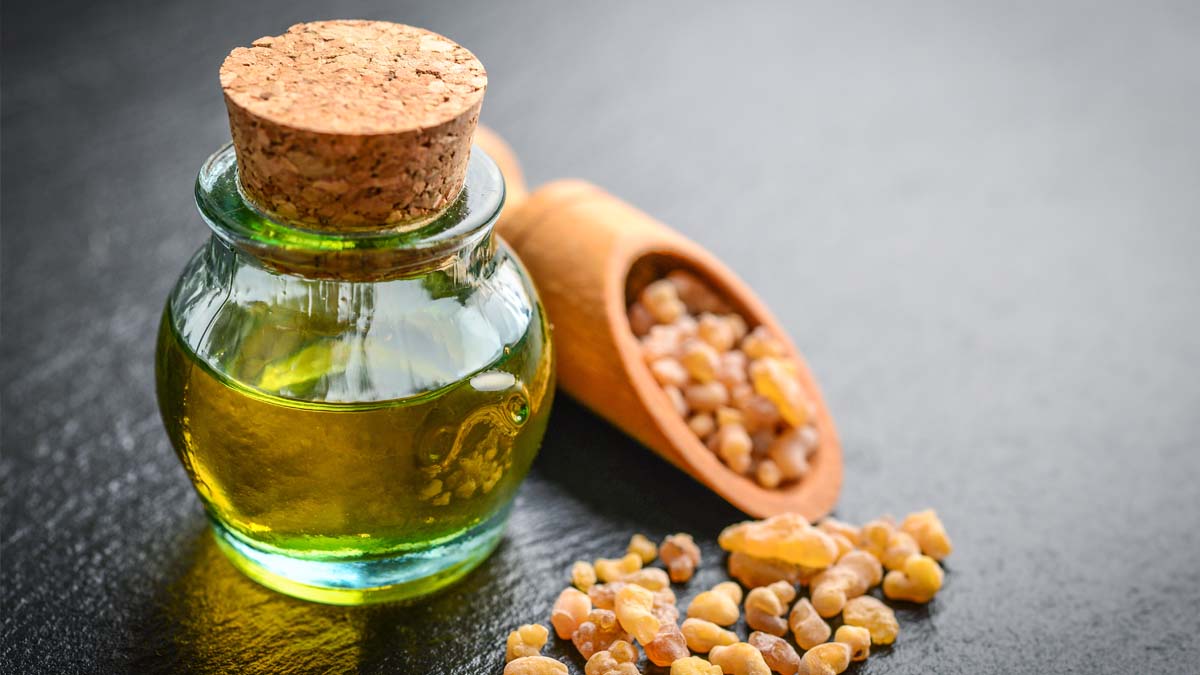Researchers at the Medical University of South Carolina have concluded a clinical study that found the use of frankincense, a resin that comes from the Boswellia tree and has been used for thousands of years in medicine, helps to decrease the proliferation of cancer cells in patients with metastatic breast cancer.
Many patients die from metastatic breast cancer despite advanced treatments, thus there remains a strong need for further drug development to treat and prevent breast cancer, explains Dr. Nancy Klauber-DeMore, a board-certified surgical oncologist and the BMW endowed chair in cancer research at MUSC, who led the study.
The drugs in use today to treat cancers include significant side effects, as they are strong enough to kill dividing normal cells as well as tumor cells. “There really is a need not only for new therapies that are effective, but also that are well tolerated and are not going to have the major side effects of chemotherapy,” Klauber-DeMore explains.
Evaluating natural products is sensible as they have been used by people for centuries, which means they are likely well tolerated by the human body. That’s why frankincense is high on the list of natural products to study.
“It has, in fact, been used for thousands of years,” confirms Mark Hamann, Ph.D., researcher at the MUSC Hollings Cancer Center and the Charles and Carol Cooper/SmartState Endowed Chair of Drug Discovery and Biomedical Sciences at the MUSC College of Pharmacy, who has studied natural products for decades.
“Frankincense was the one of the gifts that the three kings brought to Jesus when he was born,” Hamann added. “At that point in time, it was probably valued comparable to gold because there were not many treatment options available.”
More recently, clinical trials in Europe have studied some of the active components in frankincense, which includes Boswelliac acid, and their anti-inflammatory effects. Today, frankincense is available for purchase by the consumer in oil, as a roll-on, gel or capsule, but in much lower doses than clinical studies evaluate.
Because the Boswellia supplements are natural products and have been previously used by humans for centuries, Klauber-DeMore and her team did not need to pursue toxicology studies in animal subjects first, as is the typical progression for research evaluation. Instead, they opted to proceed with a “window of opportunity” trial to determine the extract’s ability to inhibit cancer growth in humans and the prospect for use as a drug in the future. The extract was provided by a drug company in India and given in oral capsules to 20 patients daily for an average of 11 days prior to surgery, when they would not be receiving any other treatment. Patients experienced minimal side effects, mostly gastrointestinal.
The study results, published in January of this year, were compelling. A control group of patients who did not receive the treatment saw an increase in the proliferation of cancer cells, while those on the Boswellia saw a noted decrease.
Following the positive results, Klauber-DeMore turned to Hamann, who is evaluating the individual metabolites as well as combinations using both computer informatics approaches and laboratory tests on tumor cells to determine the most active combination in advance of creating a drug for medical use.
There is a challenge with the process, however, as the Boswellia molecules of greatest significance are found in plants from India and Africa. Hamann noted that recent meetings with South Carolina nurseries and botanists have generated interested in attempting to grow the trees here in the hopes of diversifying the state and regional agriculture.
“I don’t know if the plant will grow well in this environment, but it does grow well in desert environments. Efforts have provided some success in Arizona,” explains Hamann, who says the process parallels the creation of Taxol, a chemotherapy drug. Taxol was found in the bark of the Pacific yew tree in Oregon and Washington in the 1960s, and purified for use as a cancer control medication and leads the field in annual prescriptions.
Advances in technologies, including computer modeling, have enabled a more precise compilation of metabolites and the evaluation of their effectiveness when used in combination or with activity on tertiary targets including an immune response.
Because the biochemical targets and their structures involved in breast cancer proliferation are now largely known and the metabolites of Boswellia also thoroughly characterized, tumor targeting has become more efficient and generated a unique paradigm shift in how we identify therapeutics from nature. Recent computational evaluations have revealed that there are two unrelated molecules that may synergize to cover a tremendous amount of the tumor target’s chemical space, Hamann explains.
“The data suggests that two to three molecules from the plant seem to be the silver bullets that synergize for the desired activity,” he says. “A future clinical study with those key metabolites will reduce the amount of nausea [for patients] and improve the activity.”
Based on the study’s success, the use of Bosweilla for other cancers could be studied as well, Klauber-DeMore notes.
“We are actively working on producing 100 grams, maybe a kilogram, of the two active ingredients,” Hamann says. “It may be important to do additional studies in animals or it may be possible to go straight into clinical trials, but in either case, we certainly are working hard to produce at scale the drug products that we anticipate have the activity.”
The scientists expect to go to a Phase I study sanctioned by the FDA that will evaluate safety in the creation of a new drug. Funding will be needed to move the process along.
“The reason for wanting to make a drug instead of a supplement is that you don’t really know from batch to batch the concentration of the active pharmaceutical ingredients. You don’t know if your active component is consistently present and in the optimal dose. You also do not have quality control,” Klauber-DeMore explains. “If this improves survival rates, you can imagine what the effect would be on the plant, as a natural resource. You really want to be able to make it in the lab so that you are not depleting the whole natural resource.
“The ultimate goal is to find a drug that will help improve survival for patients with breast cancer that has a very safe side effect profile and reduced toxicity compared to conventional therapy.”
By Linda L. Esterson







